Premium Only Content
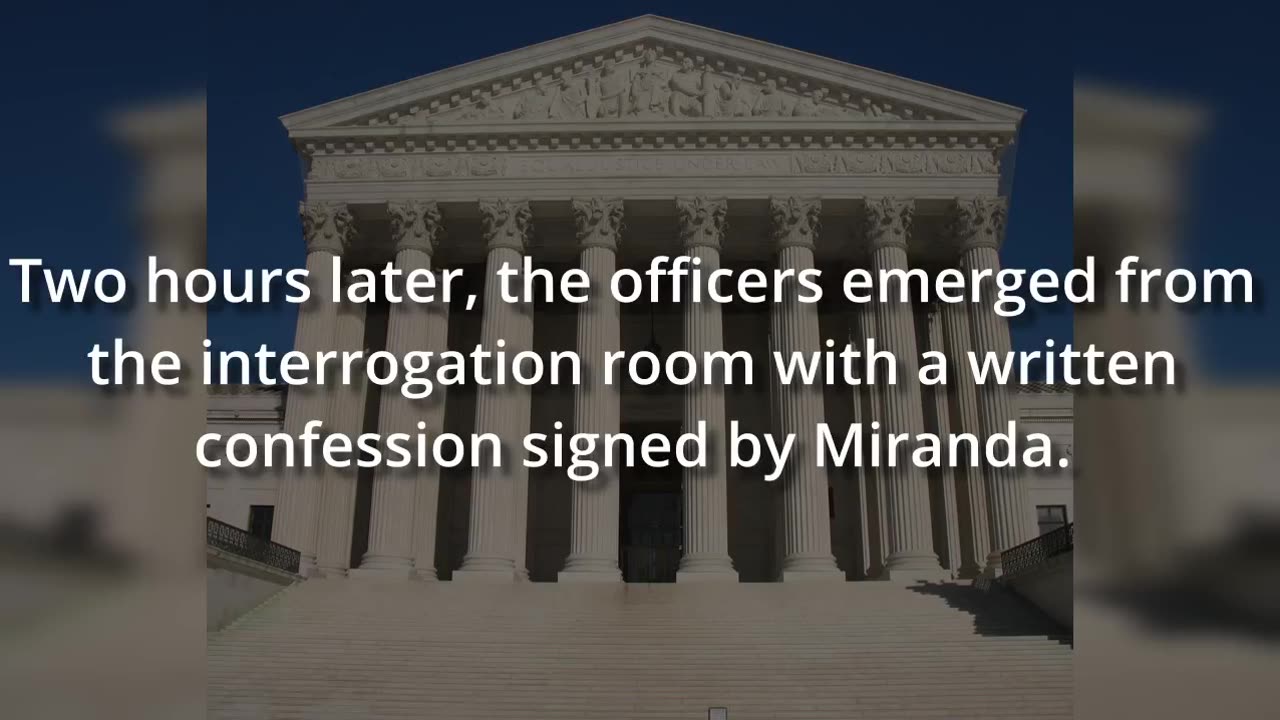
You Have the Right To Remain Silent, and You May Want To Use That Right!
If you’ve ever watched a crime procedural on TV, you’re familiar with the Miranda warning. Where did this warning come from? It’s named after the 1966 Supreme Court case Miranda v. Arizona. Where does this right to remain silent come from, how is it protected, and just how constitutional is the Miranda decision?
Why do I make such a distinction between self-witness and self-incrimination? As I’ve already shown, it starts with the presumption people have when they exercise the right. For example, during the trial in the case of Wisconsin v. Kyle Rittenhouse, Assistant District Attorney Thomas Binger twice commented on Mr. Rittenhouse’s decision to remain silent after the shooting. Both times, he was apparently attempting to instill in the minds of the jury members that Mr. Rittenhouse’s silence was an admonition of guilt. Both times, the judge had the jury removed from the courtroom to scold Mr. Binger. How many times have you seen actors portraying law enforcement officers claim, “If you have nothing to hide, why not talk to me?”
Read the full article... watch and learn from Constitutional Expert Paul Engel; there is always much more to learn back at America Out Loud: https://www.americaoutloud.news/.
-
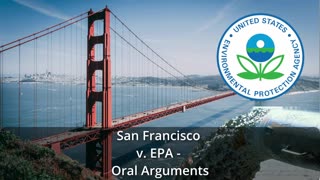 22:03
22:03
America Out Loud
1 month agoSan Francisco sues the EPA – Oral Arguments
2221 -
 51:58
51:58
Adam Does Movies
18 hours ago $4.03 earnedReacting To The Golden Globe Awards Winners! - LIVE
37.7K1 -
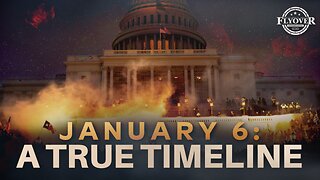 1:06:12
1:06:12
Flyover Conservatives
1 day agoJ6: A True Timeline Documentary - In Honor of the 4 Year Anniversary of January 6 | FOC Show
54.9K15 -
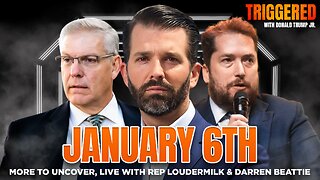 1:08:03
1:08:03
Donald Trump Jr.
17 hours agoJanuary 6th: More to Uncover, Live with Rep Loudermilk & Darren Beattie | TRIGGERED Ep.205
248K283 -
 1:00:48
1:00:48
The StoneZONE with Roger Stone
10 hours agoJustin Trudeau Throws In The Towel! w/ Canadian Hockey Legend Theo Fluery | The StoneZONE
89.2K25 -
 1:18:37
1:18:37
We Like Shooting
20 hours ago $3.00 earnedDouble Tap 391(Gun Podcast)
59K1 -
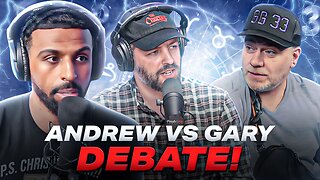 2:32:43
2:32:43
FreshandFit
20 hours agoAndrew Wilson VS Gary The Numbers Guy Astrology & Numerology Debate!
134K83 -
 9:22:40
9:22:40
Dr Disrespect
19 hours ago🔴LIVE - DR DISRESPECT - TRIPLE THREAT CHALLENGE - RIVALS, PUBG, WARZONE
232K46 -
 1:15:03
1:15:03
Dad Dojo Podcast
17 hours ago $1.68 earnedEP16: Parenting: Then vs Now
45K -
 53:58
53:58
Sarah Westall
11 hours agoBlack Pilled vs Learning Reality and Maintaining Perspective, AI Reality w/ Johnny Vedmore
67.6K4